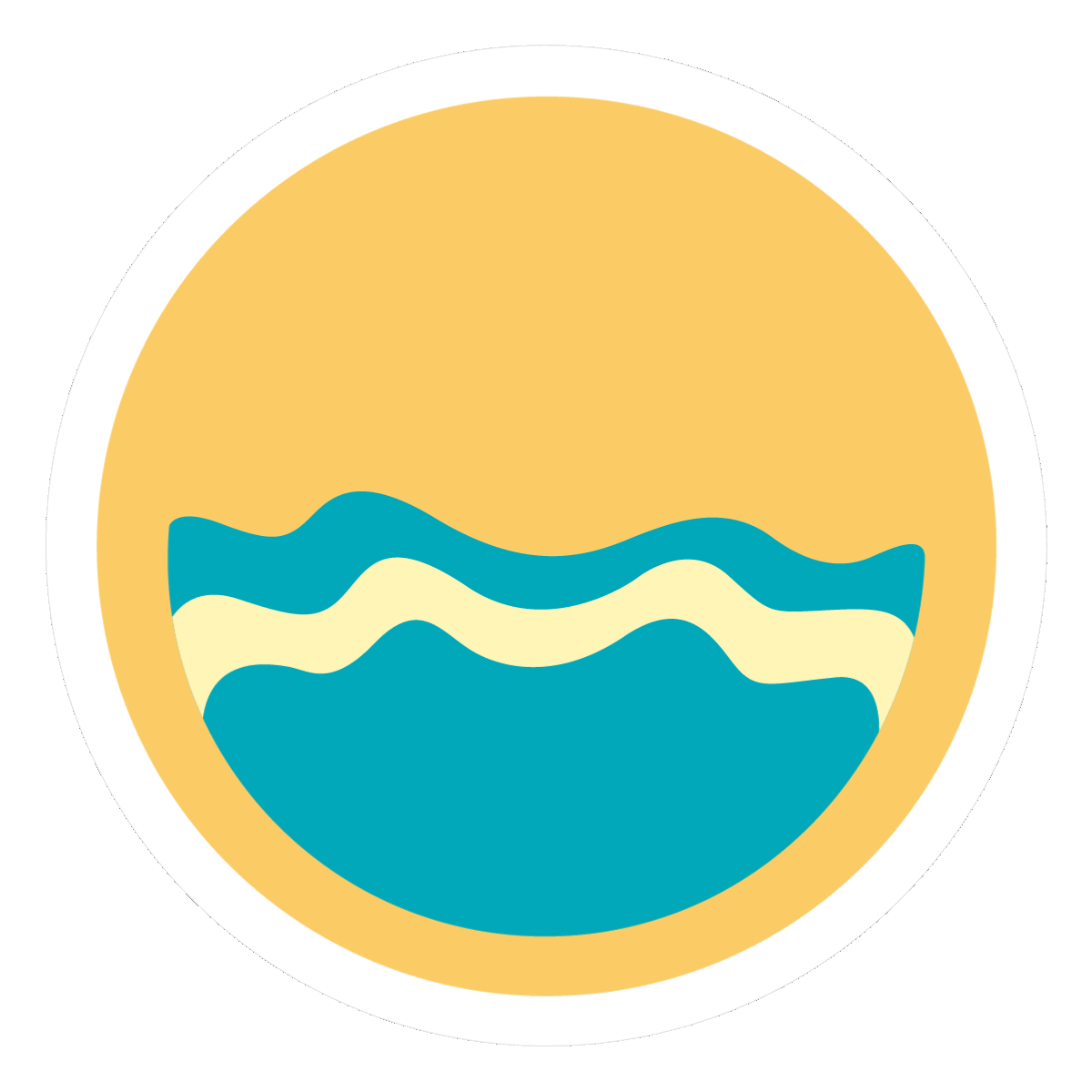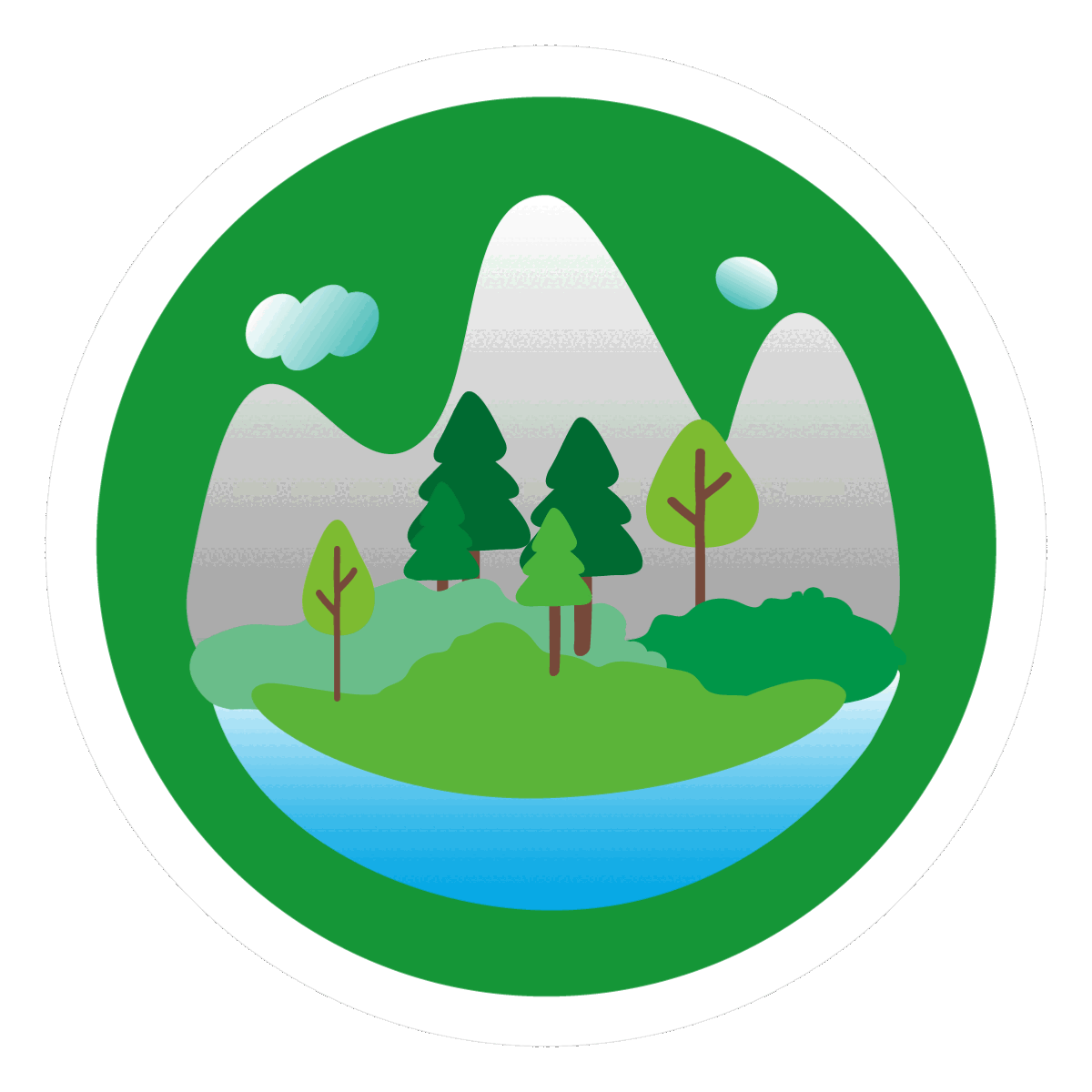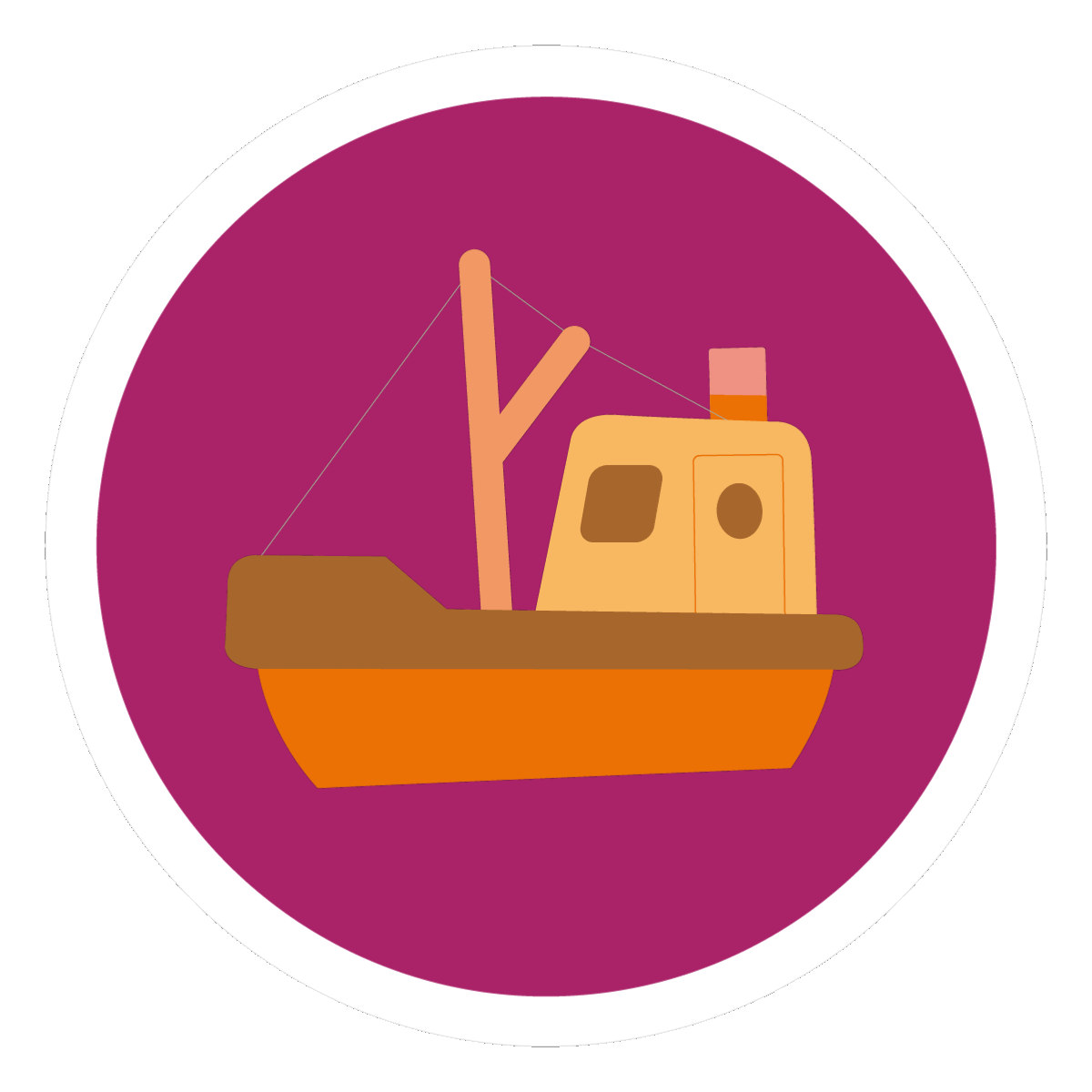|
The country's best secret combines three green destinations in the northeastern four-border area
● 3-day cycling route through Slovenia’s Pannonian Region and the Heart of Europe.
● A free interactive map with some 200 attractions is available.
● Total length: approximately 120 km (depending on the version).
● Lowest and highest altitude: 158/334 m.
The Slovenia Green Pannonian Route (SGPR) launches on June 30, 2022, to coincide with the beginning of the world’s first real travel season in two years. In honor of those travellers — who are ready to journey away from crowds and again embrace new cultures, nature, food and wine, and adventure — this 3-stage cycling itinerary, which stops in green-certified destinations, explores the northeastern corner of Slovenia tucked in the Heart of Europe.
Sitting on the four-border point with Austria, Hungary, and Croatia, Slovenia’s Pannonian Region is a magnetic hub loaded with multiple traditions, thermal spas, diverse landscapes, vineyards, an endless supply of photo opportunities, and a lifetime of stories. Oh, and by the way, this is also a fantastic cycling country.
The SGPR was developed as a collaboration between Novi Turizem, an innovative tourism research institute, the Institute for Culture, Tourism and Sports Murska Sobota, and GoodPlace Sustainable Tourism Factory.
The SGPR, a loop route, begins in Murska Sobota, the largest town in the Pomurje Region, which surrounds the Mura River. It then heads south and east, paralleling the river, to the beautiful town of Lendava. The next stage travels across the Mura — from the Prekmurje Region, on the left bank, to the Prlekija Region, on the right bank, and to the wine-growing hills connecting the town of Ljutomer and Jeruzalem. The trail completes its loop with a final stage back to Murska Sobota.
"The Slovenia Green Pannonian Route is important because it provides travellers with a new way to investigate one of Slovenia's most fascinating regions,” says Daniel Ulčar, an expert for tourism and promotion at the Institute for Culture, Tourism and Sports Murska Sobota. “When someone comes here to cycle and discover the history, food, people, and landscape, they have truly discovered paradise."
The itinerary pedals around 40 kilometres per day across a combination of flat and rolling landscapes, and on quiet roads and packed-gravel trails. During each stage, cyclists are welcomed by destinations and service providers that have earned Slovenia Green certification, a national program that brings together the country’s sustainable tourism efforts under one brand.
“The SGPR is another Slovenia Green route that enhances sustainability certification by adding content and story,” says Tina H. Zakonjšek, the director of Zavod Novi turizem and the Slovenia Green Association. “This one focuses on active holidays, combined with cultural experiences, nature, gastronomy and hospitality. It explores the Pannonian plain which makes it appropriate even for the less experienced cyclists.”
More information is here. and Slovenia Green's website.
|
























